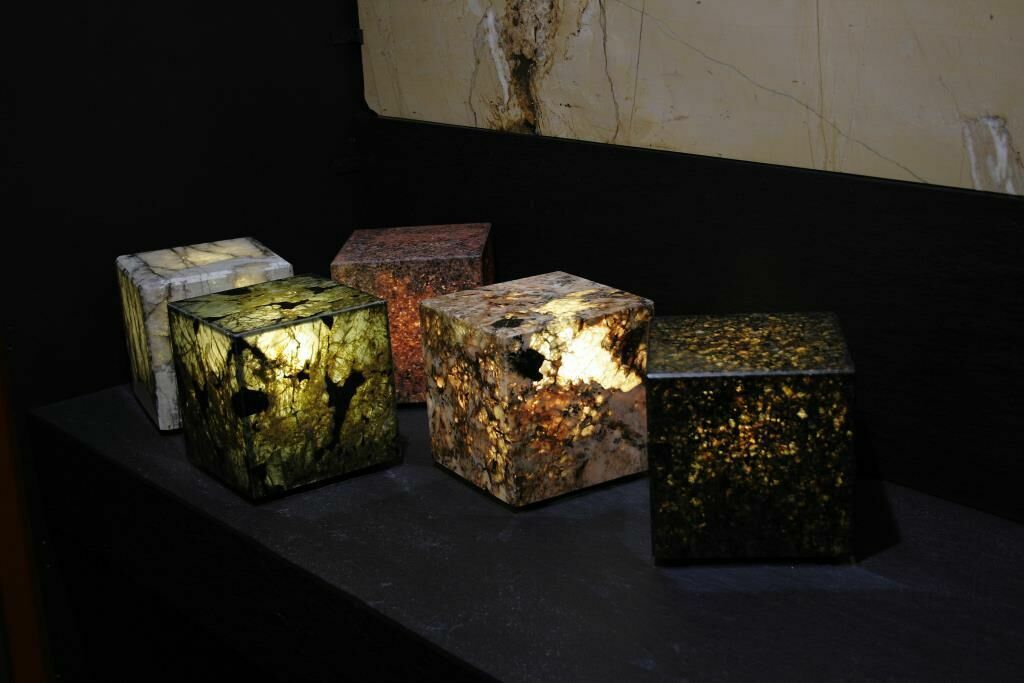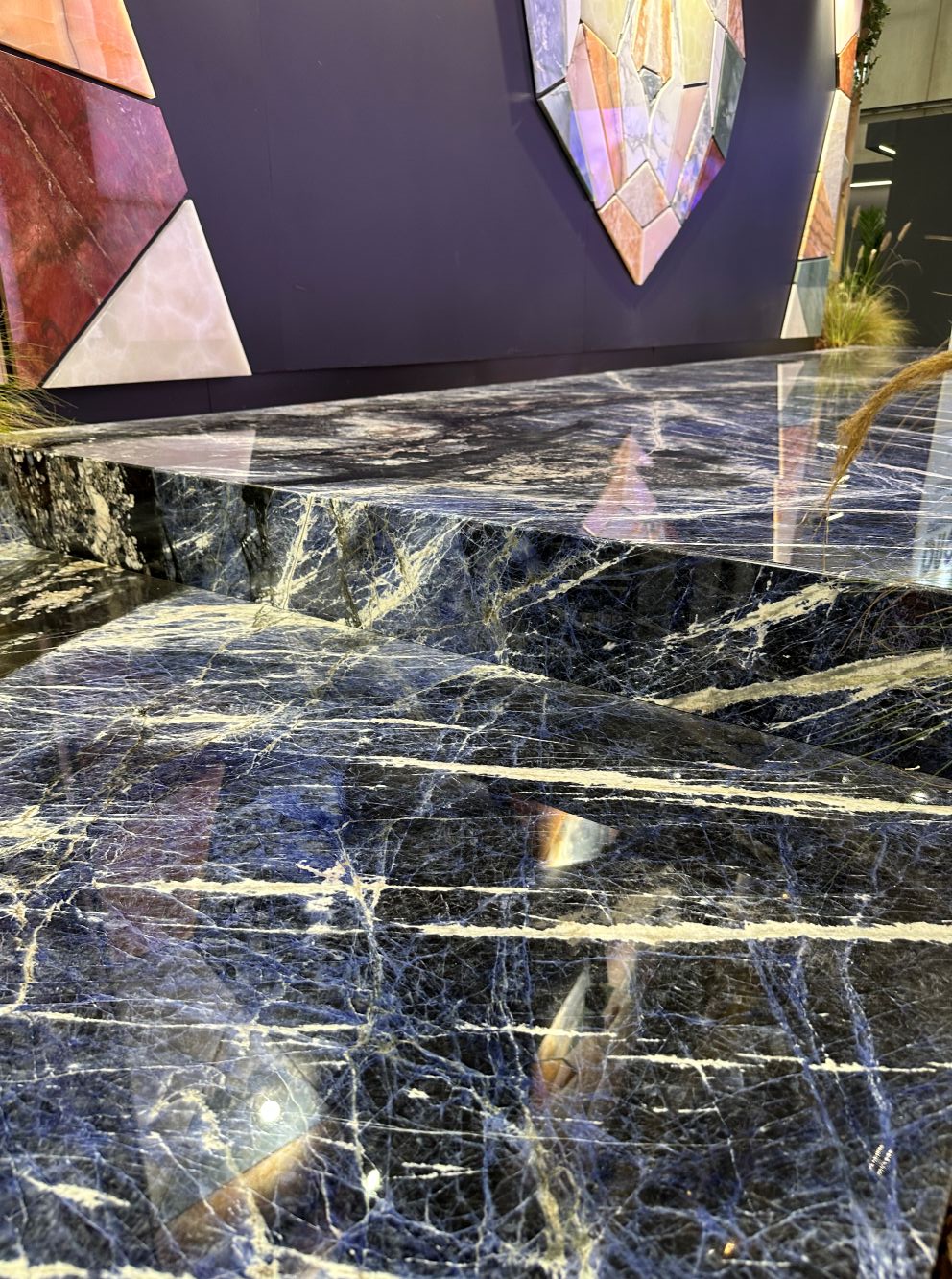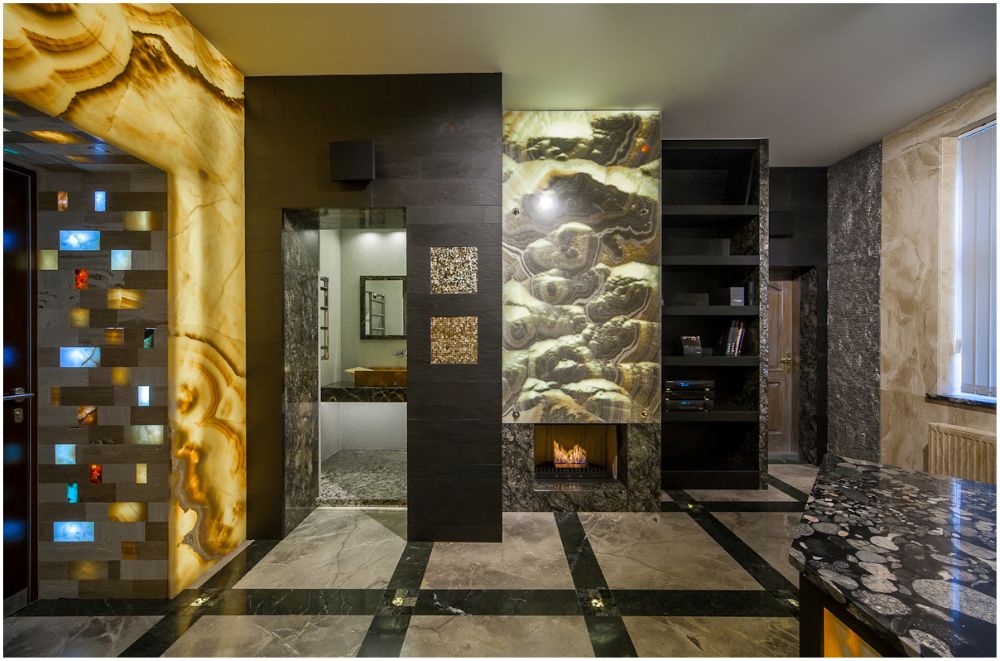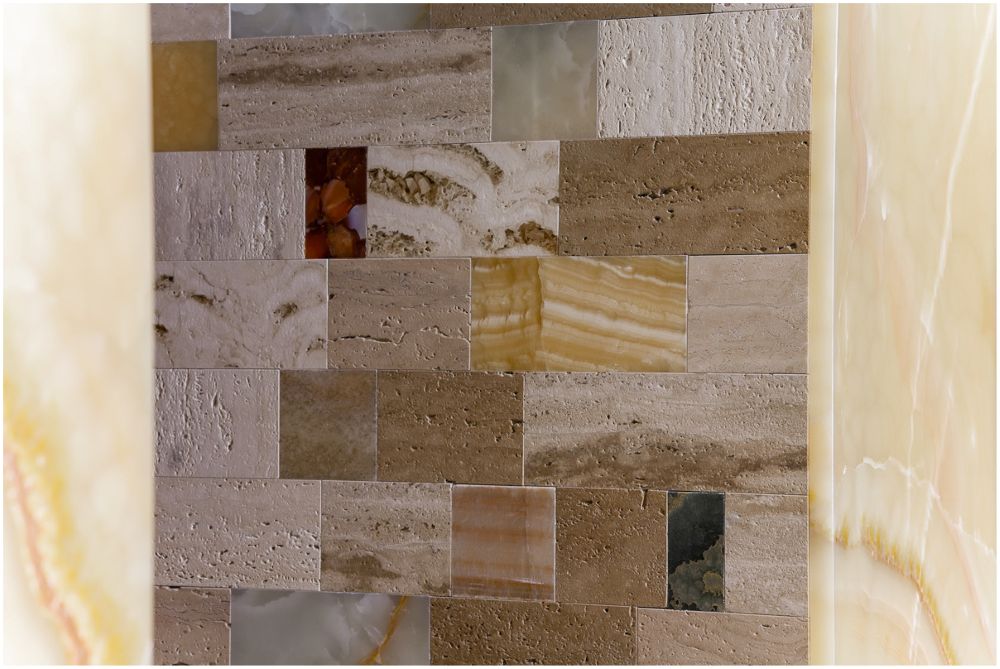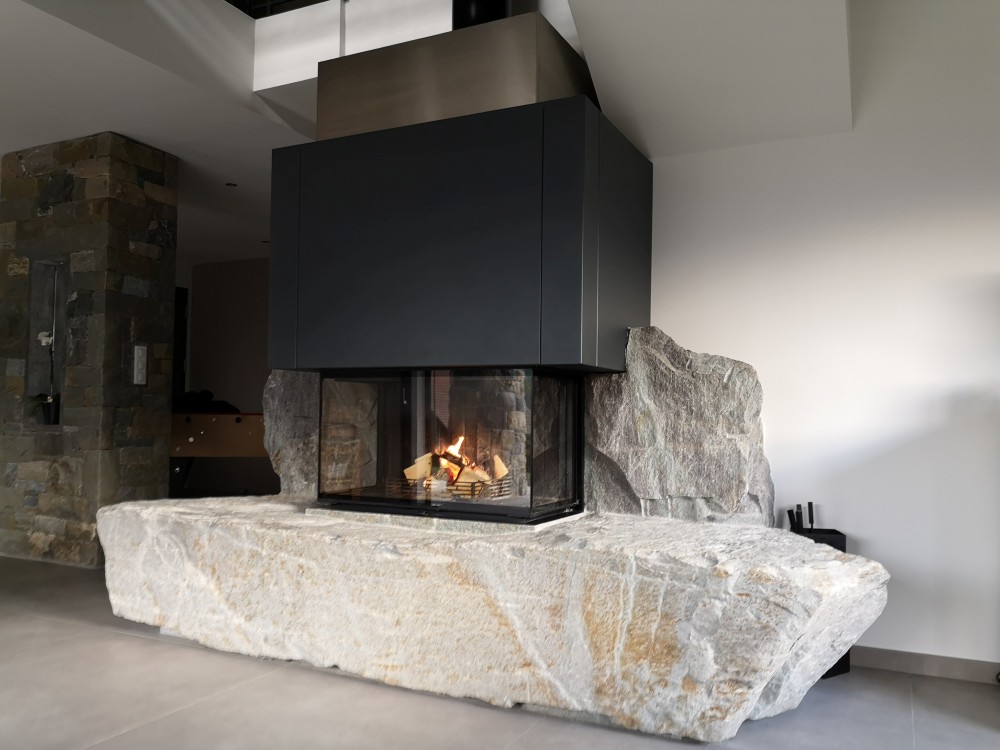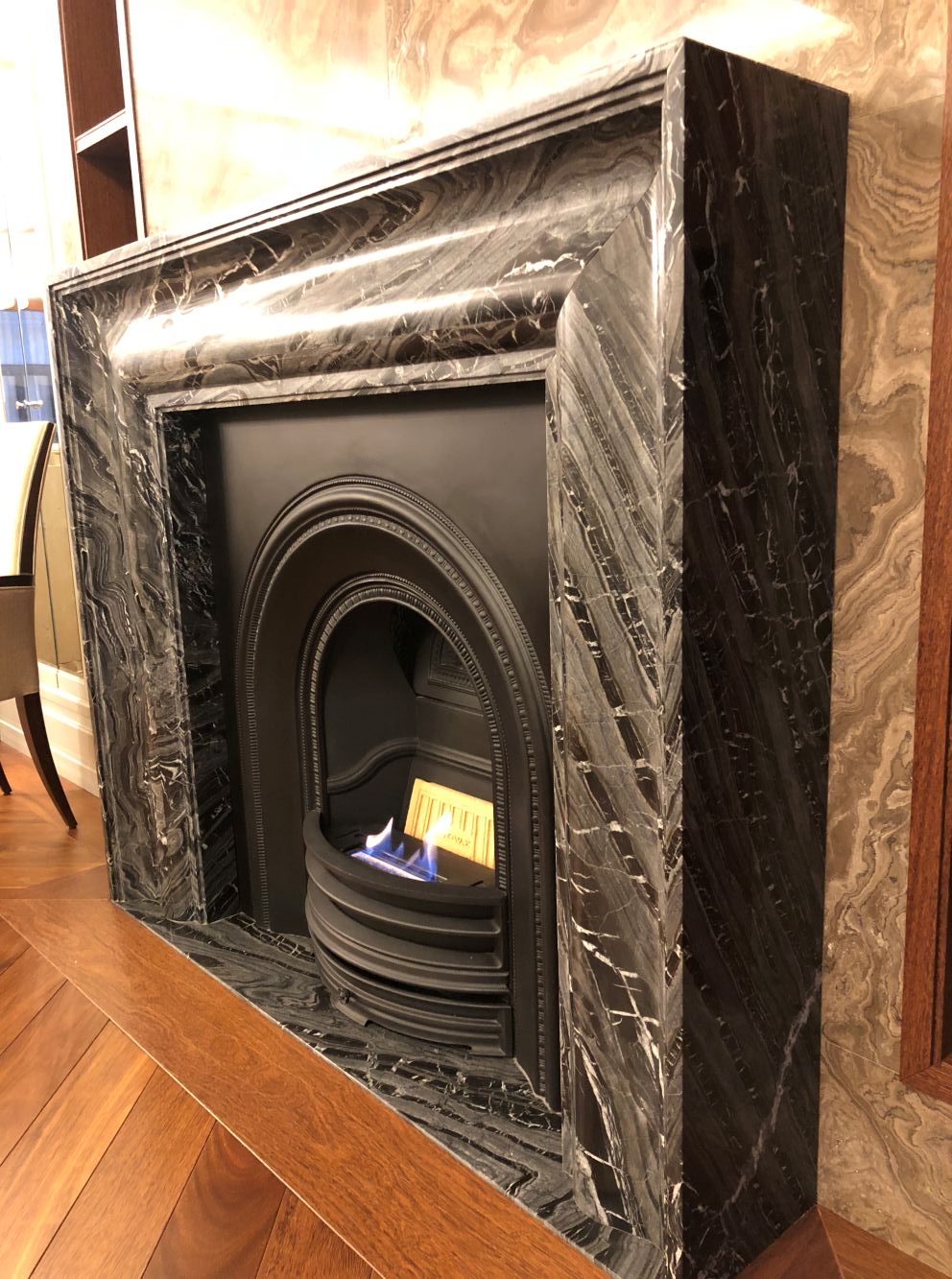Kāpēc izvēlēties Agni akmens apstrādi?
- Plašs dabīgo akmens materiālu izvēles klāsts — dabīgā akmens loksnes piegādājam no Itālijas un noliktavā pieejami marmori, granīti, oniksi, travertīni un kvarcīti.
- Profesionāla un indivdiuāla pieeja — sadarbība ar dizaineriem, mēbeļu ražotājiem un klientiem, lai nodrošinātu augstu precizitāti un kvalitāti.
- Pilna servisa risinājums — no mūsu akmens izvēles un izgatavošanas līdz piegādei un uzstādīšanai – kamīnu apdares, virtuves virsmas, kāpņu elementi un citu interjera/eksterjera risinājumu nodrošināšana ar AGNI darbiniekiem, materiāliem un iekārtām.
